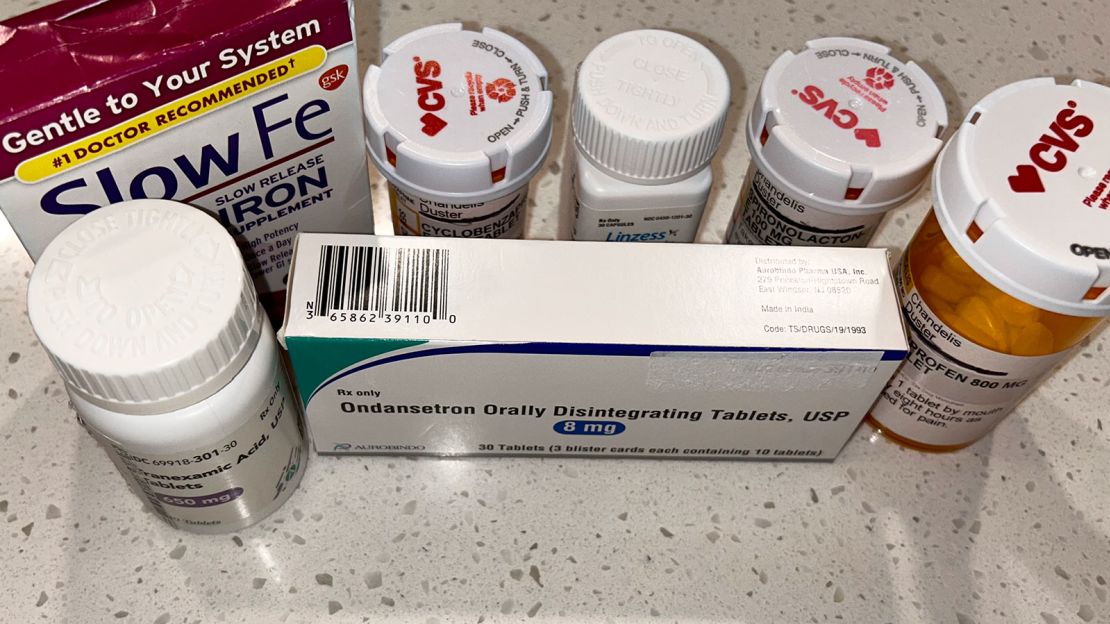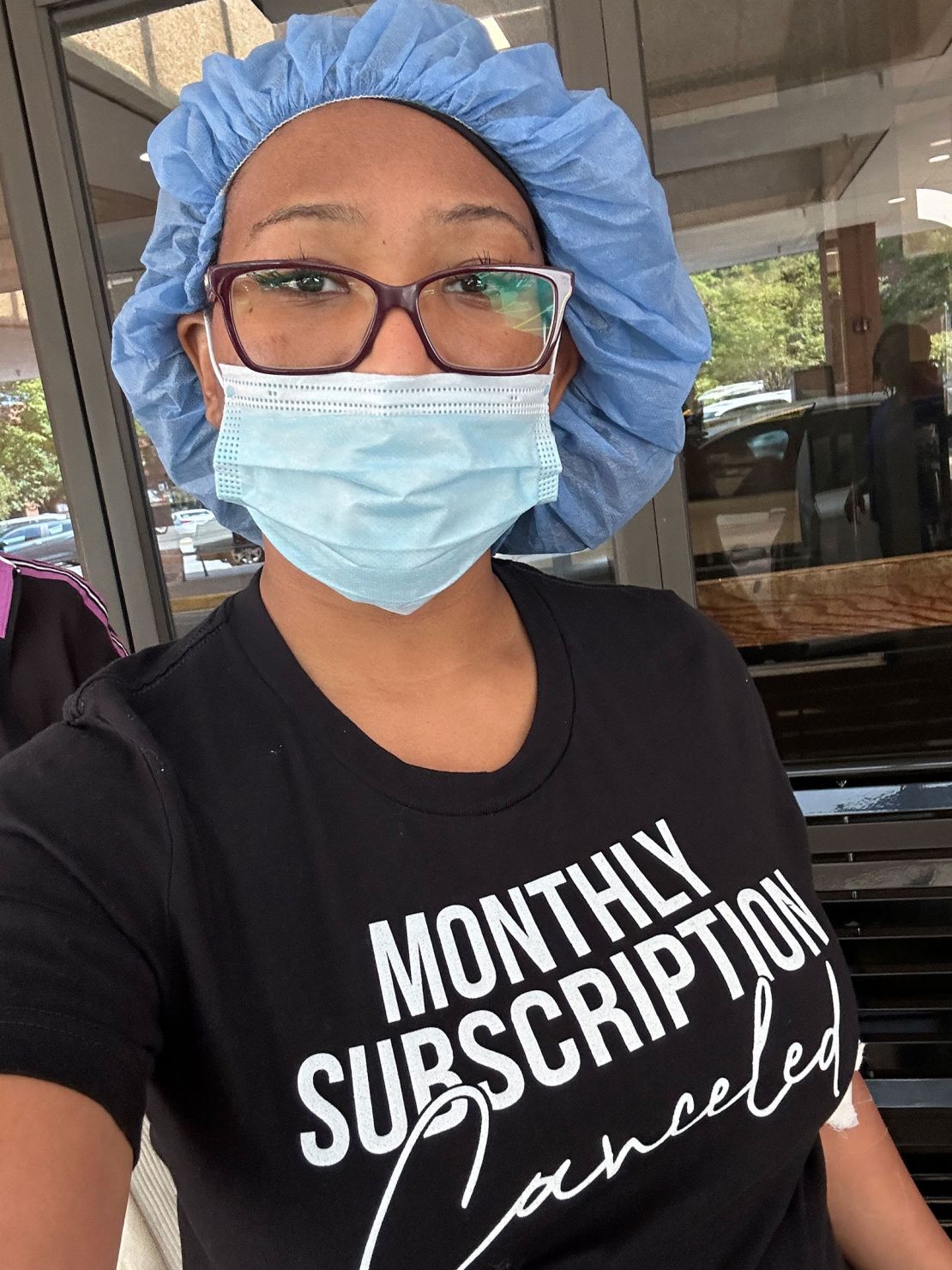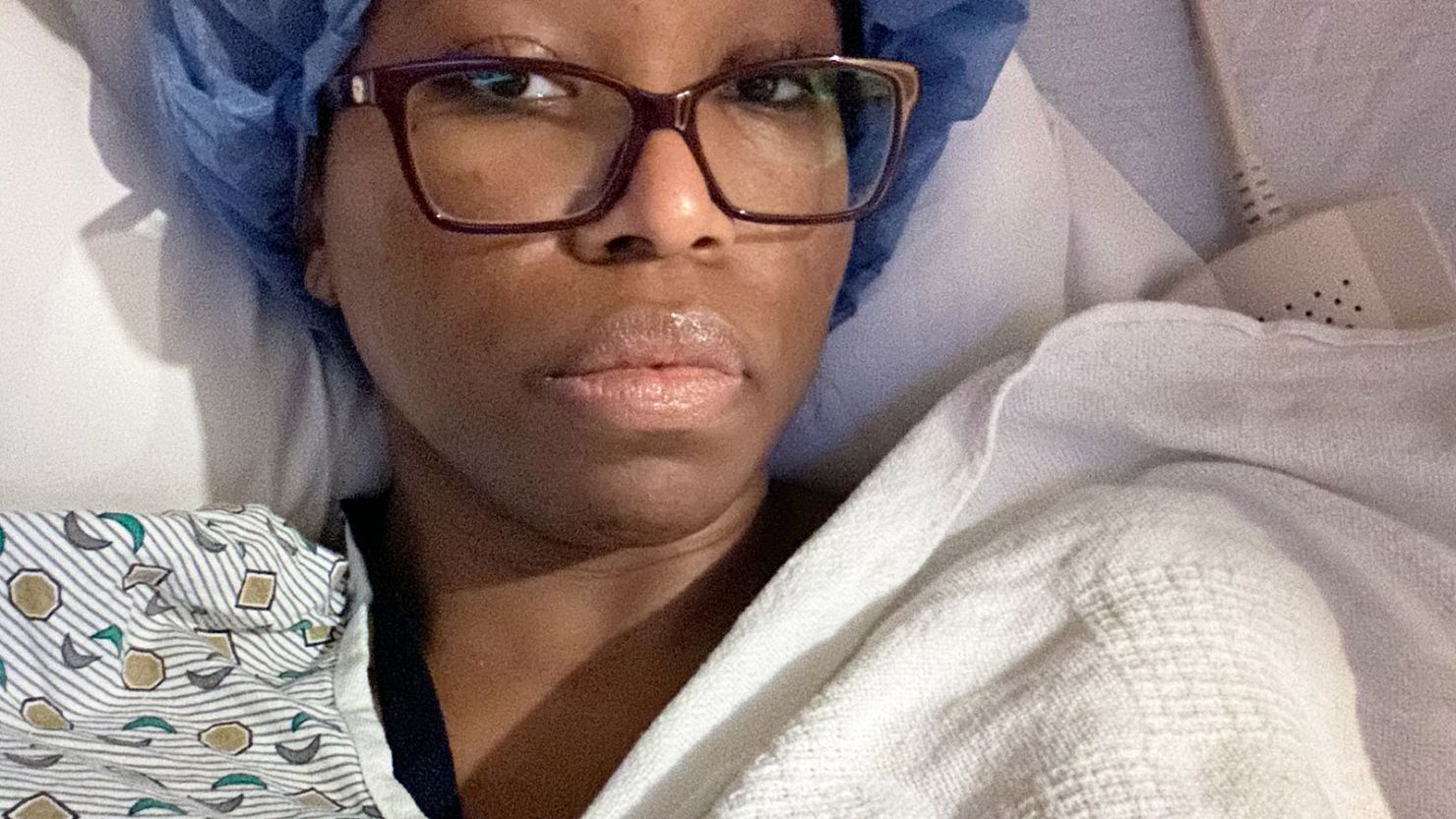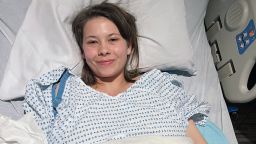Editor’s Note: Chandelis Duster is a politics reporter covering breaking news in Washington, D.C. The views expressed in this commentary are her own. View more opinion on CNN.
On a September afternoon in 2022, I wrote a letter to my uterus. As I put pen to paper, I prayed to God to give me mental and physical strength to endure the coming day, which would bring with it an experience that would change my life forever and cost me the very essence of who I was.

In the letter, I reflected on how much pain I had suffered since my first period at nine years old. I thanked my uterus for doing the best it could to function. I expressed how I wished there was more that could have been done to prevent its removal. But, I wrote at 34 years old, I was ready to start a new chapter without it.
Ever since I was a young girl, I had experienced painful periods that led to nausea, vomiting, fainting and painful bowel movements that I would later learn were caused by endometriosis. Also known as “endo,” it is a disease that occurs when tissue that lines the uterus spreads to other parts of the reproductive cavity. The tissue can also spread to other parts of the body such as the bladder, bowels and even the lungs.
I was diagnosed with the condition during laparoscopic surgery to remove a large ovarian cyst while I was a freshman in college. There is no known cure for endometriosis, but there are treatments, such as medication and surgery.
A ‘double whammy’ of pain
I had become accustomed to the debilitating impacts of endometriosis, such as chronic pelvic and lower back pain, but I was not prepared for another condition to wreak havoc on my body.
Twelve years after my endo diagnosis, I became one of many women who suffer with uterine fibroids, non-cancerous tumors that can grow as large as melons, cause pelvic pain, heavy bleeding and other symptoms. The fibroids added more symptoms to what I was already experiencing, including bloating, prolonged heavy bleeding and pain that felt like my organs were pulling apart inside my pelvis and spread down to my legs. Simple, everyday tasks such as sitting in a chair became difficult.
At first, my doctors found two small fibroids the size of peas. Within months, they grew rapidly, and more fibroids were found. I dubbed them mini “Dragon Balls” after my favorite anime series in an attempt to make the situation a little less scary.
Throughout the years, I tried to manage endometriosis and fibroids with medications for the excessive bleeding, nausea and vomiting, and powerful painkillers, such as Percocet. I also changed my diet, but it seemed that no matter what I tried both the endometriosis and fibroids got worse, with side effects from the medications adding to my health issues. The pain was constant, and not just during my periods, when the bleeding became so heavy that overnight maxi pads could no longer contain my flow.

Heavy bleeding during one’s period is not normal, according to the American College of Obstetricians and Gynecologists, which advises that a woman and girl might need treatment if she is changing her pad or tampon “more than once every 1 to 2 hours.” I had to resort to wearing adult diapers to prevent me from bleeding through my clothes and I slept on an incontinence pad to prevent my bedding from being soiled with blood at night. The excessive blood loss also caused me to have iron deficiency and anemia.
Endometriosis and uterine fibroids were a one-two punch in a fight I was not physically, mentally or emotionally equipped to win. They took a toll on my mental health and I became depressed, having dark, sometimes suicidal, thoughts. My life had been a living hell for over 25 years that consisted of missed school days, thousands of dollars in medical debt and grinding throughout my career while in excruciating pain. My body was ready for a break and a new beginning.
A tough decision and a new beginning
Reaching the decision to have my uterus removed was not easy. The very thought of losing a part of me that felt so inherently tied to my womanhood was upsetting. But with therapy, I slowly began to realize that I could no longer hold on to something that was causing me such pain. I had to accept that in order to have the life I wanted, I had to let go of how most of society defines “womanhood.”
Before my uterus’ removal, I was open to motherhood, but it was not a deep desire. Still, I was hopeful that I could one day have a biological child despite my health conditions. In 2021, I sought and received the results of fertility testing — and they were devastating: They showed that I had fewer than the normal number of eggs for a woman my age.
On September 21, 2022, exactly one year later to the day, my uterus was removed through robot-assisted laparoscopy. During the surgery, doctors also removed my fallopian tubes though I chose to keep my ovaries and cervix. Bands of internal scar tissue from previous surgeries and endometriosis were also removed from my pelvic area.
In the following days, I experienced several complications and additional doctors visits, but each day I got better as my body continued to heal, took daily walks and rested.
At last, relief
Six months later, I feel better than I ever have since I was a young girl. Saying “I used to have fibroids” is emotional for me and, though the surgery was not a cure for my endometriosis, it has allowed me to win a major battle not only for my health but for my quality of life.

Over the years, I had functioned in my pain. I heard it said many times from family members that painful periods “run in the family,” and this caused me to suffer in silence under the assumption that pain was the norm. This perception that I should just tough it out was especially complicated for me as a Black woman. When Black women do seek help for conditions like mine, it can be difficult to find proper care and treatment due to disparities in health care and the lack of trust that Black women sometimes have in a system that was not built with us in mind.
I have been transparent about my struggle with endometriosis and fibroids in the hopes that young girls and other women will not have to go years without answers to their suffering; so that, not just women and girls who are Black, but anyone who has a uterus understands that they are not alone in their pain.
Through Virginia HOPE, a support group I co-founded for those who have endometriosis and their families, I have heard countless stories similar to mine. And through other support groups and organizations like Worldwide EndoMarch, I found help that guided me through my health decisions along with a safe space to share my pain. Whether you decide to have your uterus and other reproductive organs removed or not, be empowered to do what’s best for your health — not what others tell you to do. You are the best advocate for yourself — speak up, ask questions and research which treatments may be best for you.
More than just a women’s health issue
Outreach and treatment for conditions like endometriosis and fibroids should be more gender diverse, because endometriosis has been found in men and both conditions have an impact on those in the LGBTQ community, who already face disparities in health care.
Medical professionals should have an understanding that these conditions are not just a women’s health issue — they are a health issue that can impact anyone. Youth nationwide should be informed about endometriosis and fibroids and those efforts are underway, championed by groups such as the Endometriosis Foundation of America and The White Dress Project. There should be more financial resources for those who cannot afford adequate care and both conditions should be considered disabilities to make it easier for those suffering to receive supplemental help.
Too often, our society focuses on telling women and girls what not to do with our bodies. We need more discussions about and resources for fundamental solutions on how to properly treat and cure our pain.
If you or someone you know is struggling with suicidal thoughts or mental health matters, please call the 988 suicide and crisis lifeline, or visit the hotline’s website.




